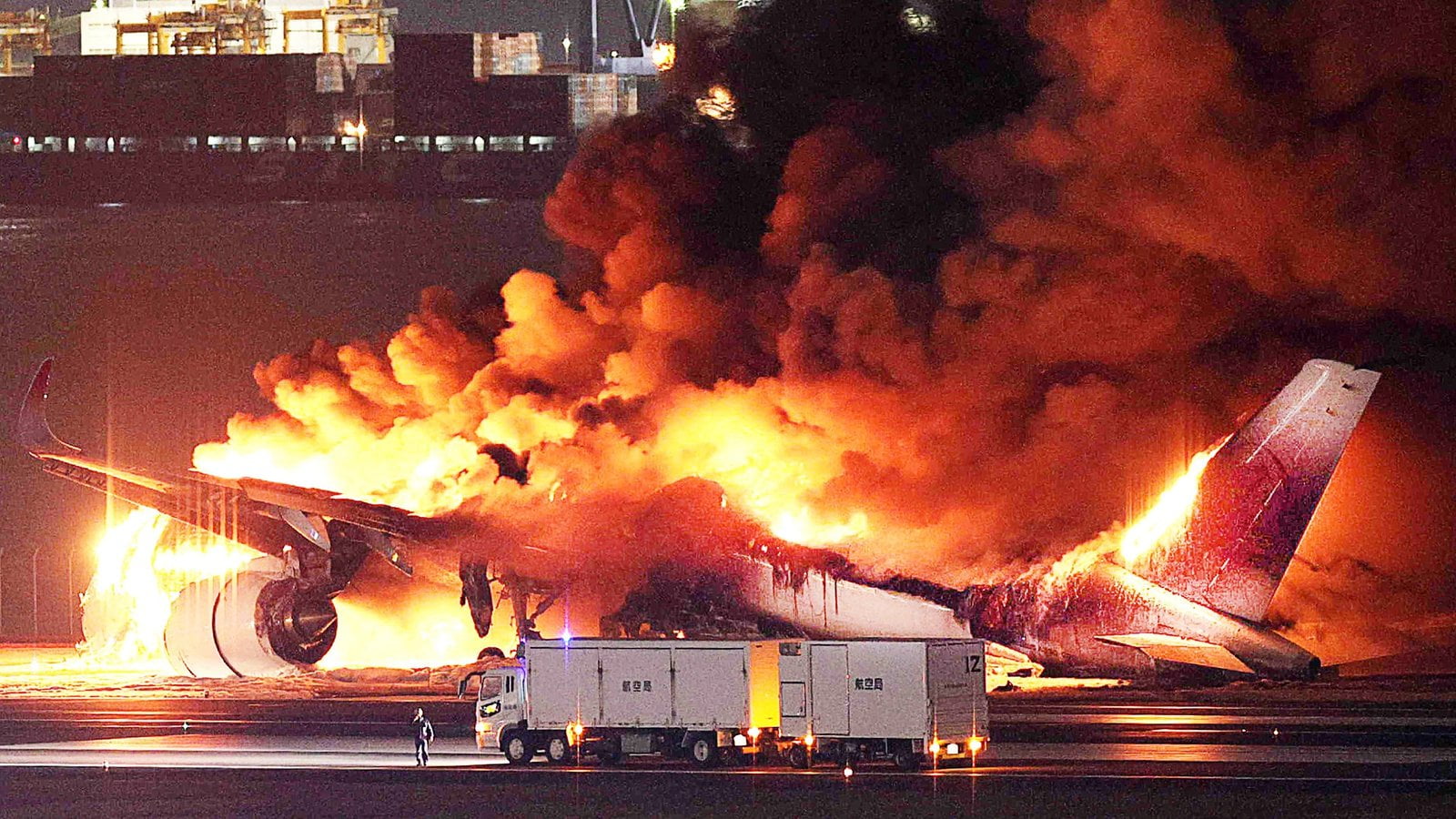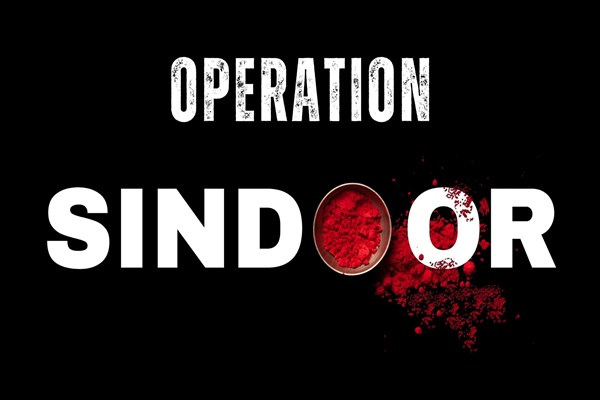
Tokyo Plane Crash
The Japan Airlines collision at Tokyo’s Haneda airport, captured on footage, seems almost miraculous that anyone emerged unscathed. Tragically, five of six crew on the Japan Coast Guard Dash 8 plane struck during landing have died, but all 379 passengers and crew on the Airbus A350 have survived. Ongoing investigations into the incident, where the JAL plane erupted in a fireball, credit the successful evacuation to modern safety standards and Japan Airlines’ robust safety culture.
Professor Graham Braithwaite, a safety and accident investigation expert at the UK’s Cranfield University, expresses surprise and relief at the successful evacuation. He credits Japan Airlines’ safety culture, shaped by a catastrophic accident nearly 40 years ago when JAL flight 123 crashed, killing 520. The airline took profound responsibility, using the tragedy as an opportunity to improve and instilling a strict culture around standard operating procedures.
In 2005, JAL opened a space in their corporate HQ displaying wreckage from the crash, emphasizing the importance of safety efforts. Despite the years, the crash’s impact still resonates, contributing to the company’s strict adherence to safety protocols. Braithwaite sees the successful evacuation as a positive reflection of Japan Airlines’ commitment to safety, making it a compelling choice for travelers. JAL was recently named among the world’s safest 25 airlines by Airlineratings.com, solidifying its reputation for safety since the 1985 accident not caused by the airline’s fault but by a defective repair performed by Boeing.
‘A textbook evacuation’
Describing the incident as a “textbook evacuation,” Braithwaite emphasizes that runway incursions, although rare, can have catastrophic consequences due to the complex nature of airports with various airlines and ground operators. The recent event in Tokyo (Tokyo Plane Crash), where both aircraft ended up on the runway simultaneously, is still under investigation.
The consensus in the aviation industry is that the swift actions of the crew played a crucial role in saving lives. Within moments of the plane halting, escape chutes were deployed, and passengers were efficiently evacuated, even amid filling smoke in the cabin.
An anonymous pilot from a major European airline commends the pilots, crew, and passengers, considering it a commendable evacuation under extreme conditions. The pilot notes that the aviation industry is currently at a favorable point, with modern aircraft’s robust design and pilots’ training in handling abnormal situations. Over decades, procedures have been refined, ensuring that all passengers can be evacuated within 90 seconds. Additionally, flight attendants on some airlines can initiate evacuations promptly in catastrophic situations, saving valuable seconds without waiting for the captain’s initiation.
Safety rules ‘written in blood’
Safety rules in modern aviation, as understood by JAL employees, are often “written in the blood of others who haven’t been so fortunate,” notes a pilot. Accidents serve as lessons shared across the industry to enhance crew proficiency. Instances such as the 2019 Aeroflot accident in Moscow and the 1980 Saudia flight 163 incident influenced safety protocols. The 1985 British Airtours disaster at Manchester Airport led to crucial recommendations, impacting the design of modern aircraft, such as increased space around exits, floor lights, clearer exit signs, and improved cabin materials.
Professor Helen Muir, known for incentivized trials post-Manchester fire, played a key role in changing safety practices. Cabin crew influence plays a crucial role in rapid evacuations, and passengers are urged to heed safety briefings. International safety standards and annual emergency evacuation practices are mandated by the International Civil Aviation Organization. Airlines may impose additional requirements, and individual pilots undergo rigorous simulator training, including synthetic smoke scenarios, ensuring preparedness for real emergencies.
The routine nature of training ingrains procedures in crew’s minds, allowing for swift and rational actions during emergencies. While incidents like the recent one in Tokyo may be shocking for passengers, the emphasis on comprehensive training remains a vital aspect of ensuring aviation safety.
Take note
Experts emphasize that one crucial lesson passengers should glean from this incident is the importance of paying heightened attention. Highlighting the practice of passengers on JAL516 evacuating without their carry-on bags, Steven Ehrlich points out the alarming trend observed in recent evacuation videos. Passengers, like Mika Yamake’s husband, left behind belongings, prioritizing swift evacuation.
An anonymous pilot from a major European airline suggests a potential cultural aspect, acknowledging challenges where passengers across airlines and cultures may prioritize belongings over safety. The pilot emphasizes that leaving everything behind for a swift exit should be the top priority, as any delay could be catastrophic.
Steven Ehrlich reinforces the point, noting that heeding warnings to leave belongings behind was crucial in preventing a potentially worse outcome. Graham Braithwaite underscores the need for passengers to concentrate and recalls a recent incident where someone dismissed the safety briefing, emphasizing that nearly 400 people in Japan demonstrated the survivability of accidents.






